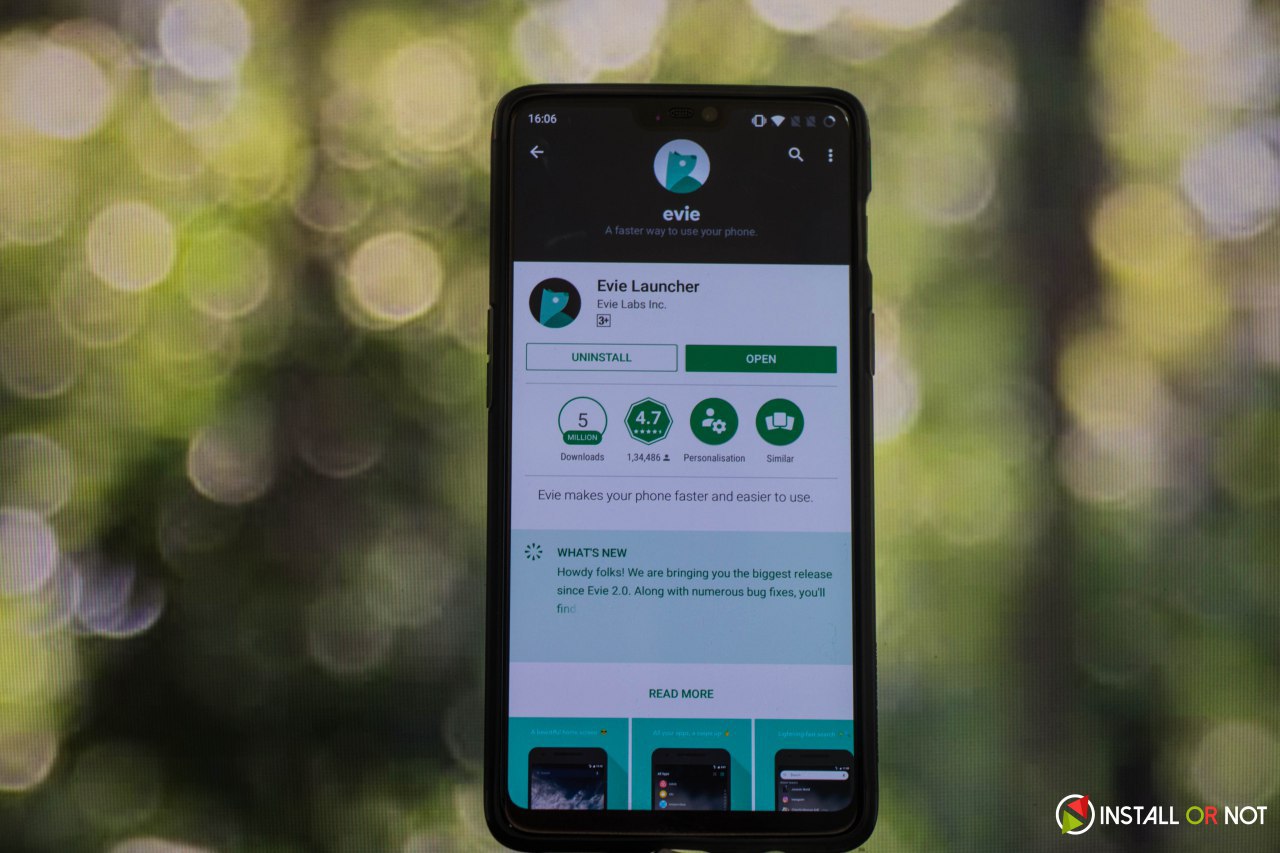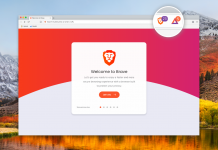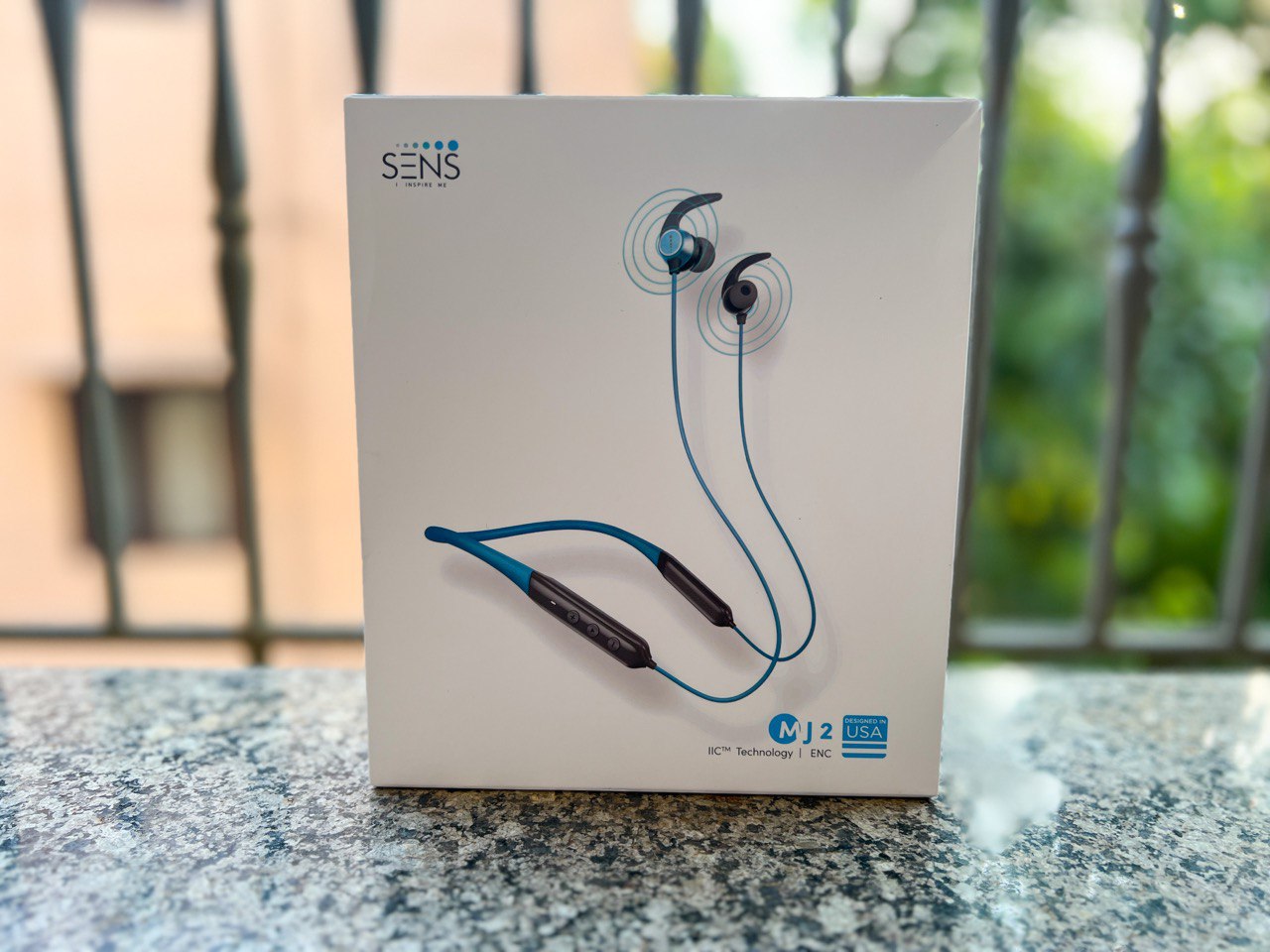
Namebench is a cross platform, open source software which helps internet users benchmark their internet connections. Using the browsers history and attempting connections across the globe, this software figures out the fastest and the most optimum DNS (Domain Name System) server available for the user.
Now, if you didn’t already know, a DNS server is, in most cases, provided by the ISP. It is solely responsible for converting human readable URLs into numeric IP addresses which the servers understand. Unfortunately, the DNS server allotted to you by your ISP may not be the fastest one available to you. Particularly, since the commencement of services such as Open DNS and Google’s DNS service, many free and open DNS servers exist which can be a better replacement to your assigned DNS server from the ISP. Public DNS servers are quick because of the implementation of caching which enables the servers to respond to requests much faster. In addition, public DNS servers provide a host of security features which ISPs lack. (Switching to public DNS servers often help solve issues relating to censorship in many countries).
Namebench attempts several connections and benchmarks your internet connection. The entire testing time takes about a good 15 minutes depending on your internet connection. Once the test is complete, results are shown with the best DNS server highlighted. I whole-heartedly recommend taking action based on Namebench’s findings as staying with your default ISP assigned DNS server can be slow and unsafe. Namebench will point you to the most optimum server out there usually being Open DNS, Ultra DNS or Google DNS.

NOTE- Switching DNS servers will NOT result in faster downloads. At the most, the response time can improve which can make surfing feel much ‘snappier’.
Namebench is available for Windows, Mac and Linux. Download it from the link below. Start up the application and set follow instructions to set on screen choices and click ‘Start Benchmark’. The entire process can be time-consuming so be ready to sacrifice some time. The benchmarking should be performed preferably with an idle internet connection. The results page is quite exhaustive in terms of data provided. All performance results for various DNS servers are shown in tabular and graphic (graphs and charts) forms. Based on this data, the application also recommends a primary, secondary and tertiary DNS server for you to switch to, so you don’t have to go through the trouble of decoding result data if you don’t understand it.










